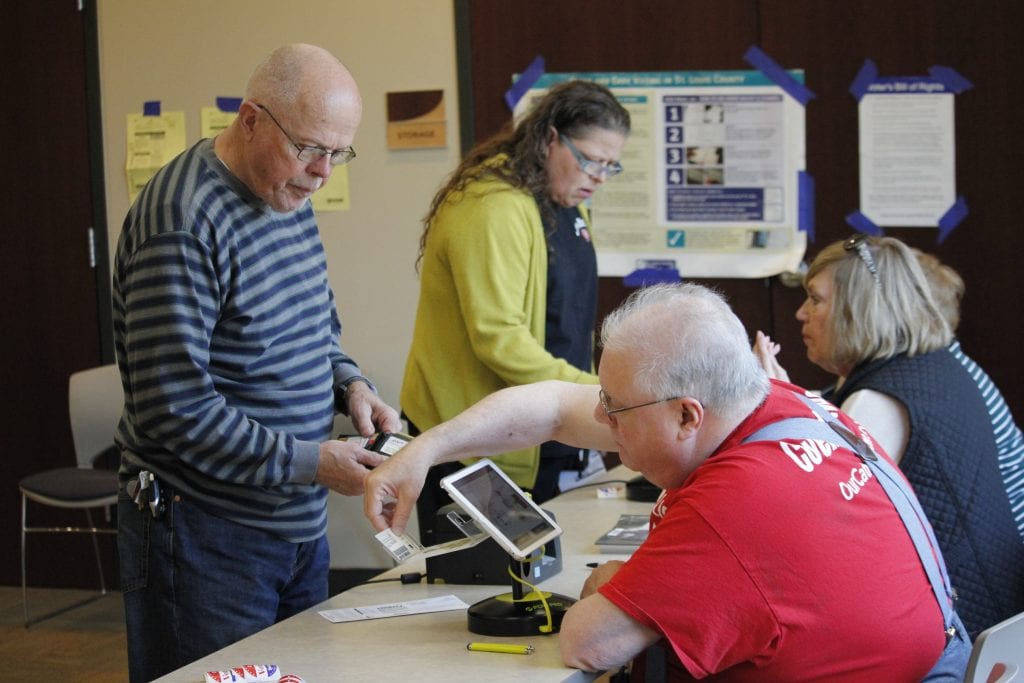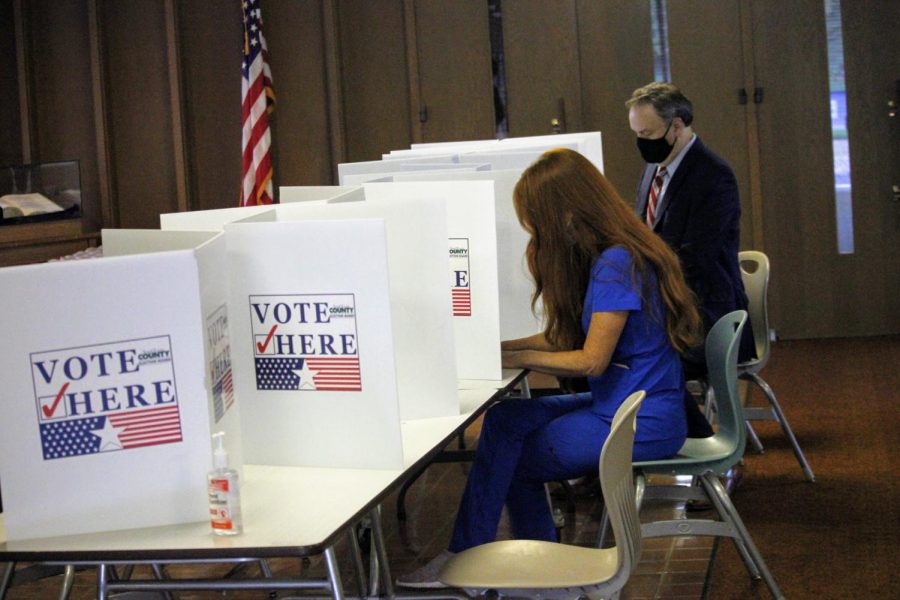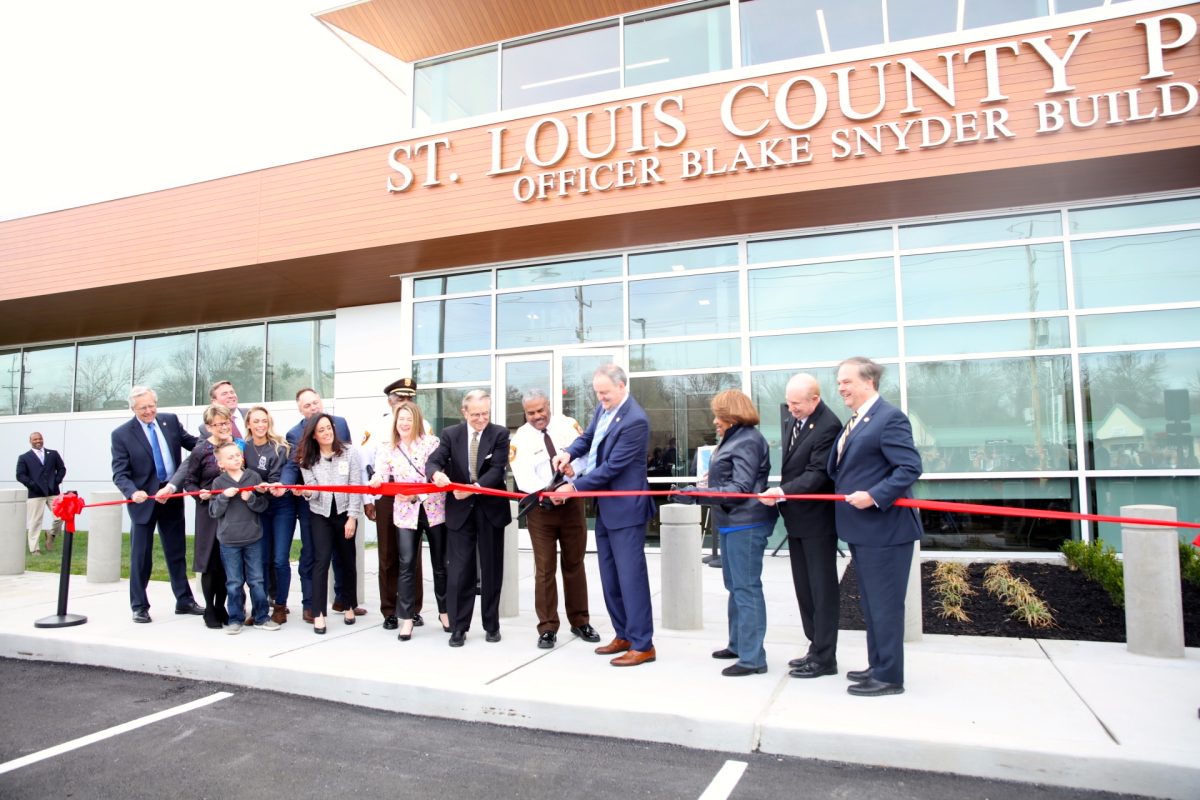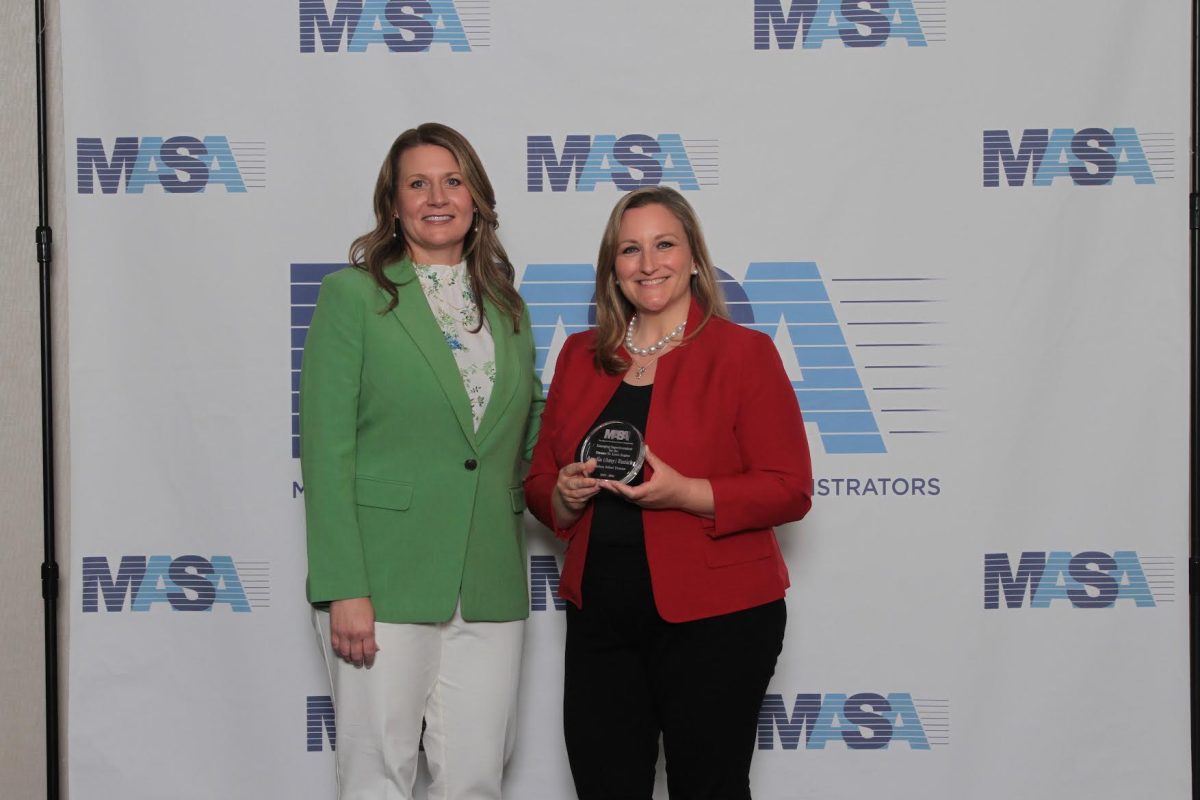By Gloria Lloyd
News Editor
glorialloyd@callnewspapers.com
Metro is redesigning its bus routes as part of a plan called “Metro Reimagined” that would be the largest overhaul in 15 years and aims to increase frequency on high-demand bus routes and modernize the system with technology.
The plan is designed within Metro’s existing budget, with the goal of increasing service while keeping costs the same without a tax increase.
Residents can provide Metro with feedback on the proposal on an online survey that closes Friday, May 4, at www.metrostlouis.org/reimagined.
With the changes, Metro is looking to reverse the trend of declining ridership, which is down 15 percent since 2014.
“Can we serve more people with the resources we have?” Metro CEO John Nations told the County Council at an April 17 meeting on the plan.
It would be a “rider-centric revolution,” said Jessica Mefford-Miller, Metro assistant executive director for transit planning. Out of a series of open houses and hearings last month, the sole meeting in south county, at Affton White-Rodgers Community Center, saw a strong turnout from employees of Heartland Industries in Green Park, she said.
The plan’s focus is to become “more customer-focused” and emphasize “safety, service, friendliness and efficiency,” Mefford-Miller said. She promised an “easier-to-understand, simpler network, combined with branding and customer-focused amenities for a more comfortable and attractive service.”
If all goes to plan, 86 percent of customers would be within walking distance of a frequent bus route, with 38 percent of residents in walking distance and 46 percent of jobs in walking distance, a significant improvement from today, she said.
Metro, also known as the Bi-State Development Agency, operates MetroBus and MetroLink light-rail service in the city of St. Louis, St. Louis County and St. Clair County, Illinois. The changes don’t affect MetroLink light-rail service or Illinois bus routes.
Under Metro Reimagined, the most popular routes would see more frequent service of every 15 or 30 minutes, with the goal of becoming so frequent that no one will need a schedule to know that the next bus is coming soon. Extra stops would be cut out so that trips could be more express and direct. Express buses would connect park-and-rides with job centers like downtown St. Louis. On-demand service would be available to connect customers with the “last mile” after they get out at the bus stop to their destination.
New technology would be implemented like it has in other cities to allow riders to map their routes and pay electronically. New options like shuttles, smaller buses and on-demand services would be added for less frequently used routes, similar to Call-A-Ride and how it operates now. Bus stops would be enhanced with real-time arrival information, which could be done with federal grants.
The plan is “very impressive and also seems fairly ambitious,” said 6th District Councilman Ernie Trakas, R-Oakville. He hoped to see a similar plan in the works for MetroLink in the future.
On south county routes, the I-55 Express would run from near South County Center to Broadway and Washington downtown every 30 minutes from 5 a.m. to 7 a.m. and 3 p.m to 5 p.m. every day. The 9B Shrews Germania bus would run from Oakville to the Shrewsbury-Landsdowne I-44 Transit Center every hour from 5 a.m. to midnight.
With that route, bus riders can get from 270 North to 270 South in 30 minutes, 15 minutes each way from downtown.
The 50 Lindbergh bus would run from the North Hanley Transit Center to South County Center at 4 a.m., then every 30 minutes from 5 a.m. to 7 p.m., then every hour from 7 p.m. to midnight, and hourly on weekends.
The 73 Broadway-Carondelet route would have a new alignment from Civic Center downtown to South County Center, departing every 15 to 30 minutes on weekdays and 30 to 60 minutes on weekends.
Some routes that run around nearly empty all day would be modified to more of an on-demand service with smaller vehicles, such as the service at Gravois Bluffs in Fenton.
Other areas would become more employer-focused, with Metro partnering with large employers like the VA Health System at Jefferson Barracks to see what bus options are needed.
On the technology side, Metro hopes to respond to users in real time by text, email and Facebook message, which is the way customers want to communicate these days. It is piloting the Gateway Card, a contactless smart card like those used in other large cities that allows riders to reload value onto the cards for monthly passes. Customers could also use their cell phones as tickets under the plan.
The agency will roll out electric buses starting next year and will introduce more of them as costs come down.
But as of now, plans do not call for driverless cars.
Even one of the chief critics of Metro liked how the plan sounded, although he’s not convinced the execution will be pulled off.
“It’s not believable, but it sounds great,” University City resident Tom Sullivan said. “Metro has always had problems being responsive to the public.”
Noting the mobile food kiosk, library kiosk and health unit at the North County Transit Center, 1st District Councilwoman Hazel Erby, D-University City, said she was impressed with the ideas from Metro.
“It just sounds too good to be true,” she said.
































